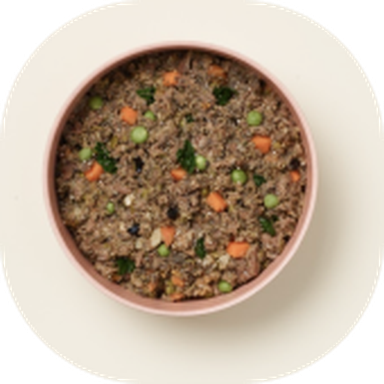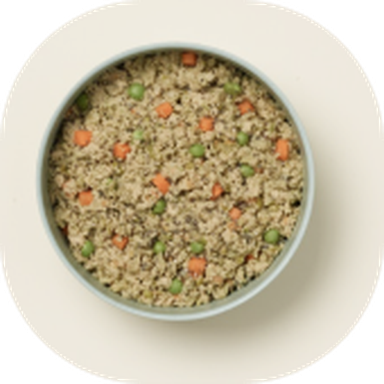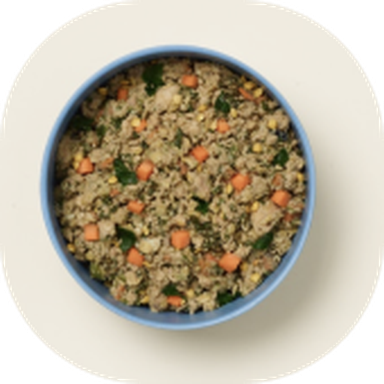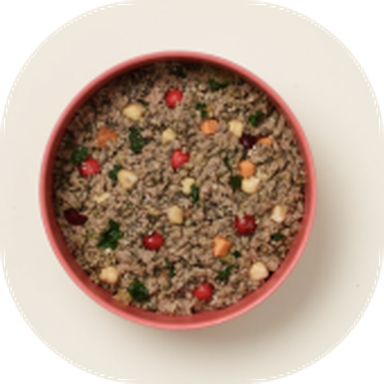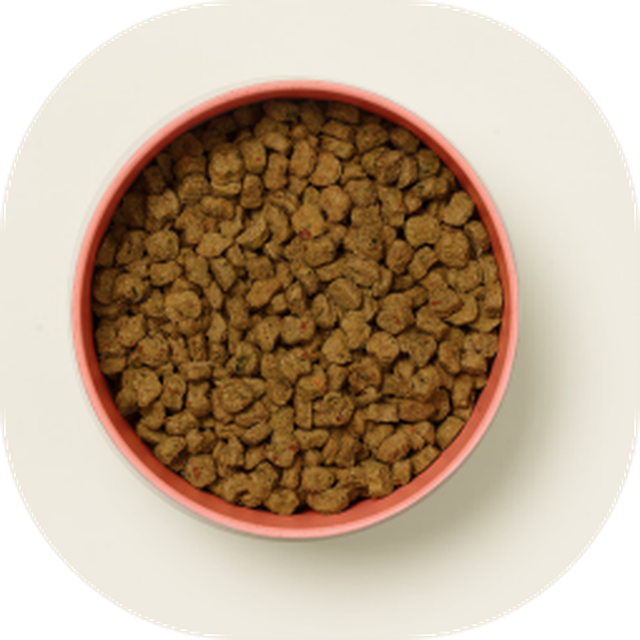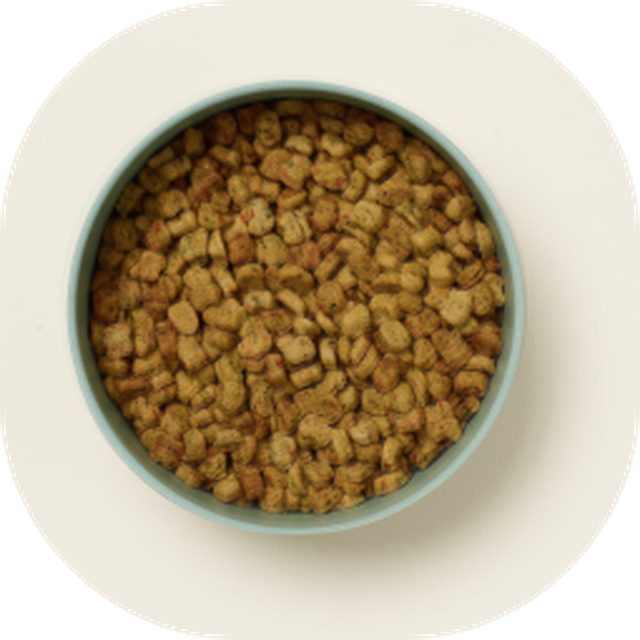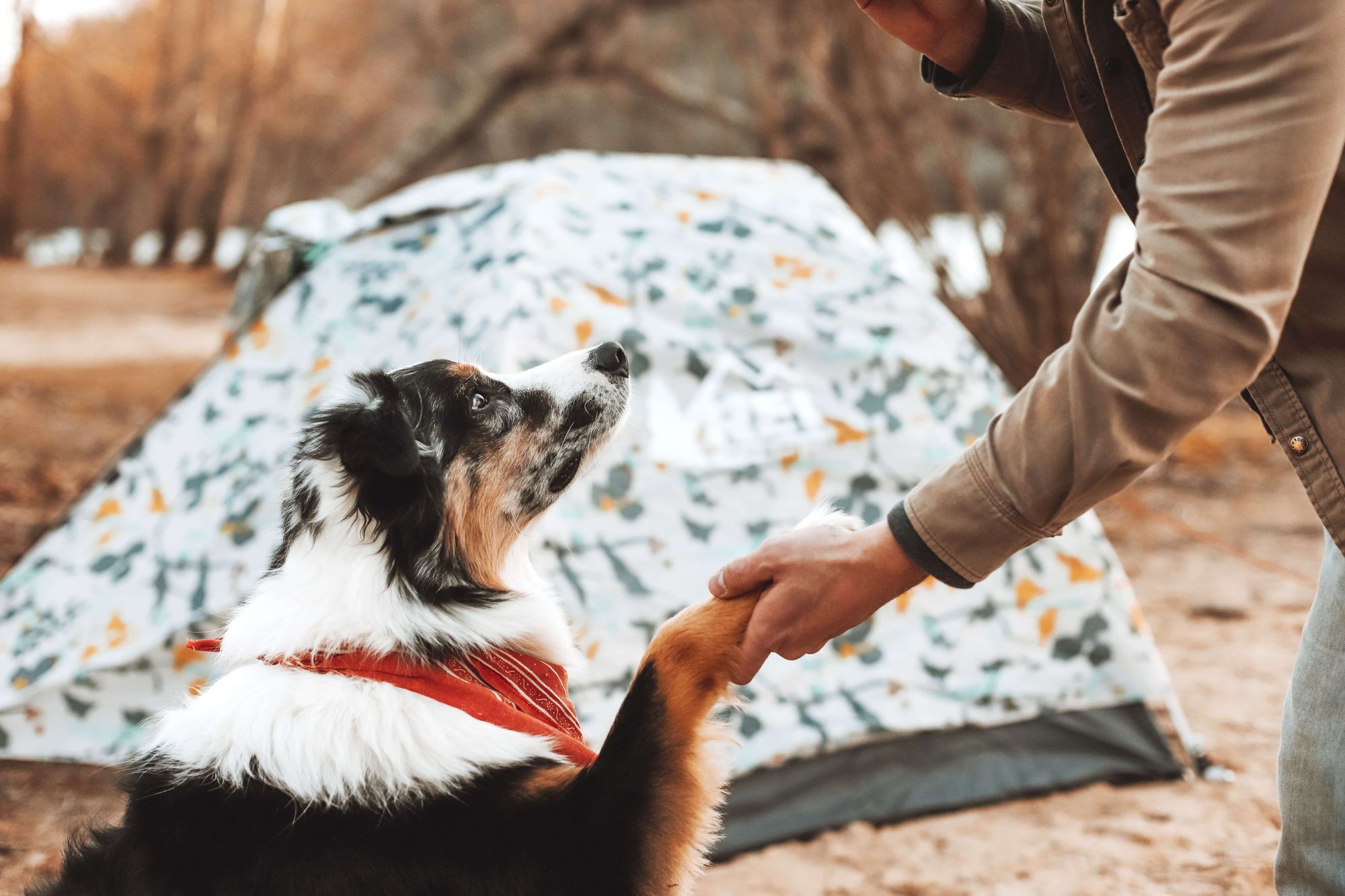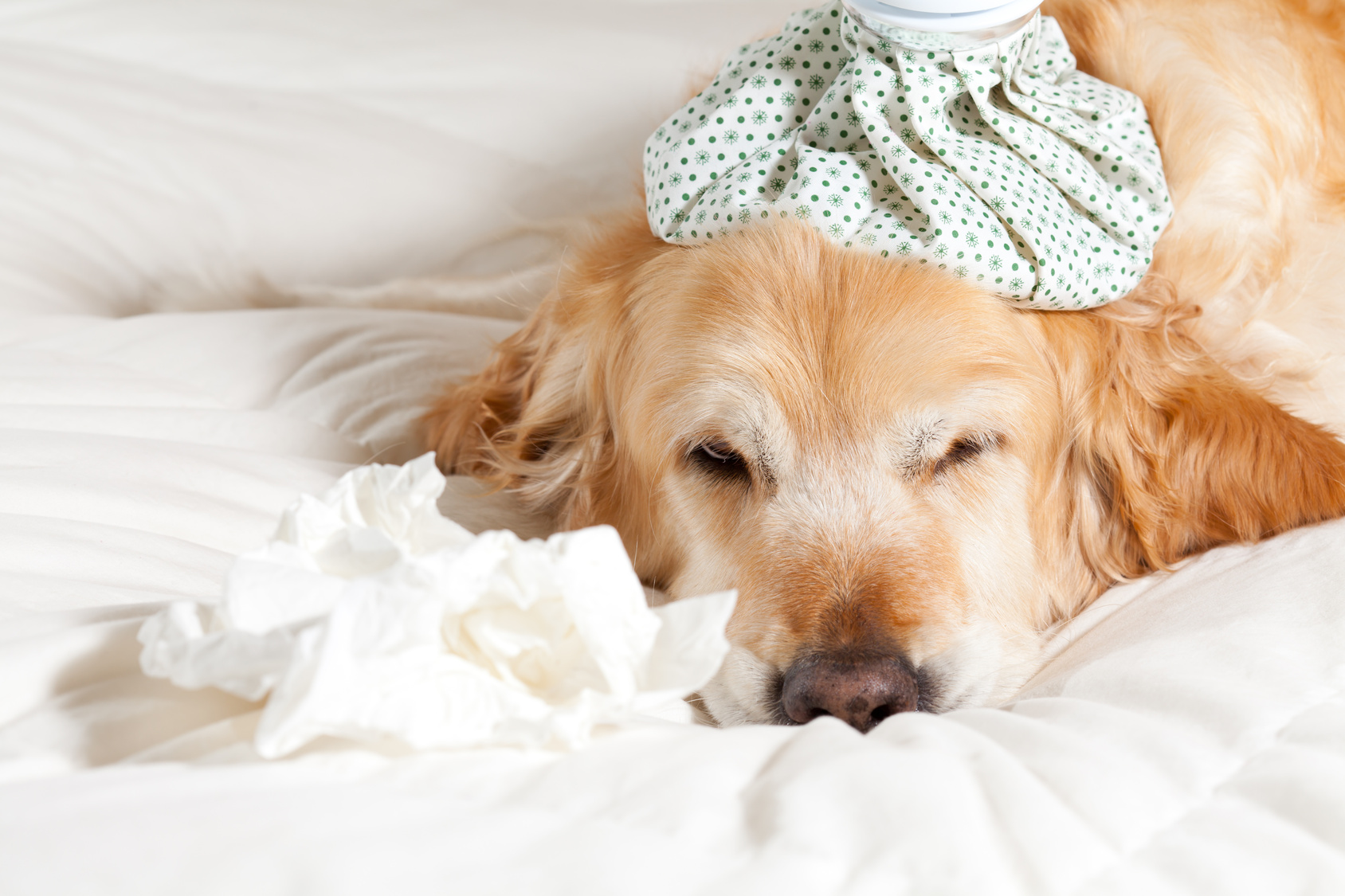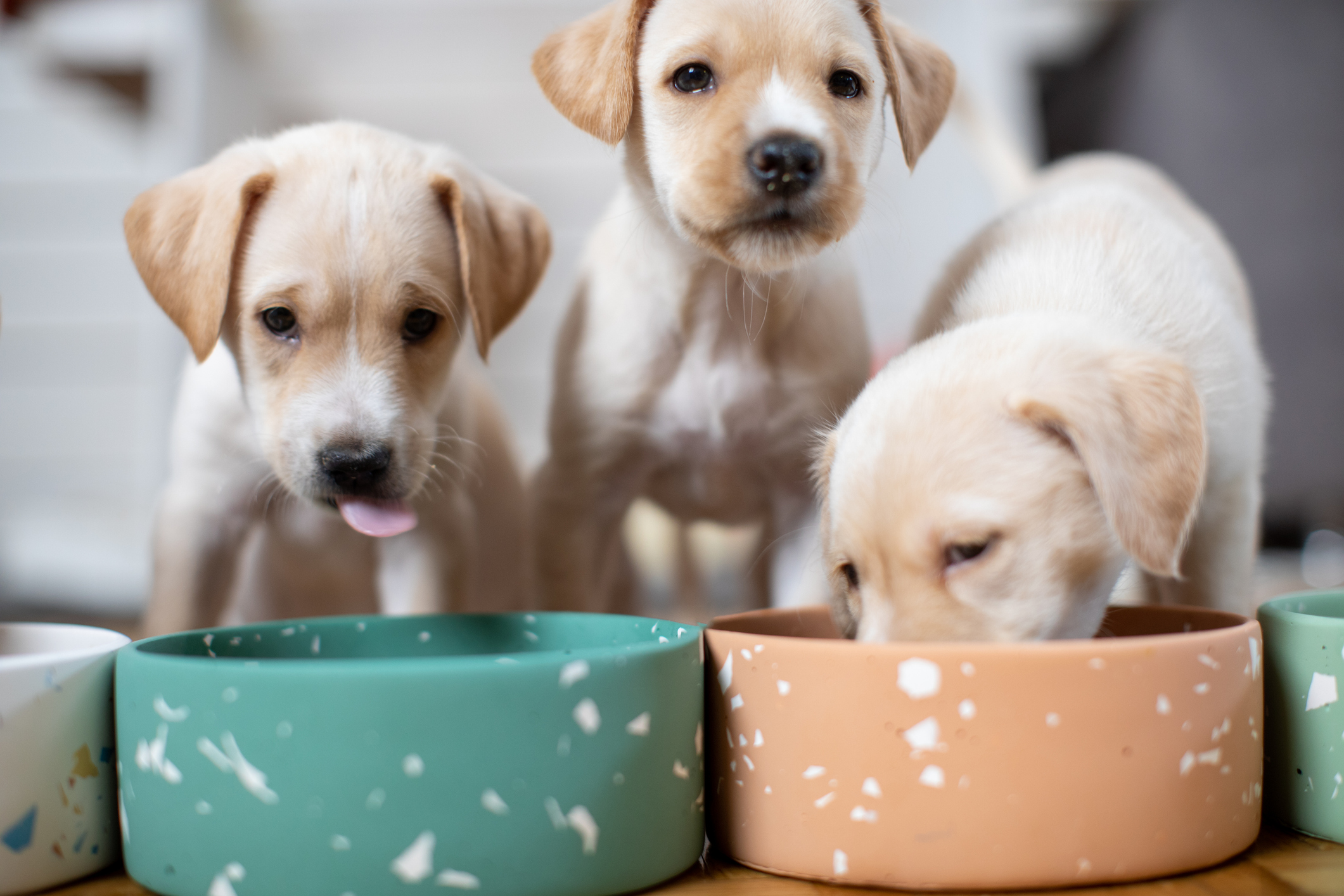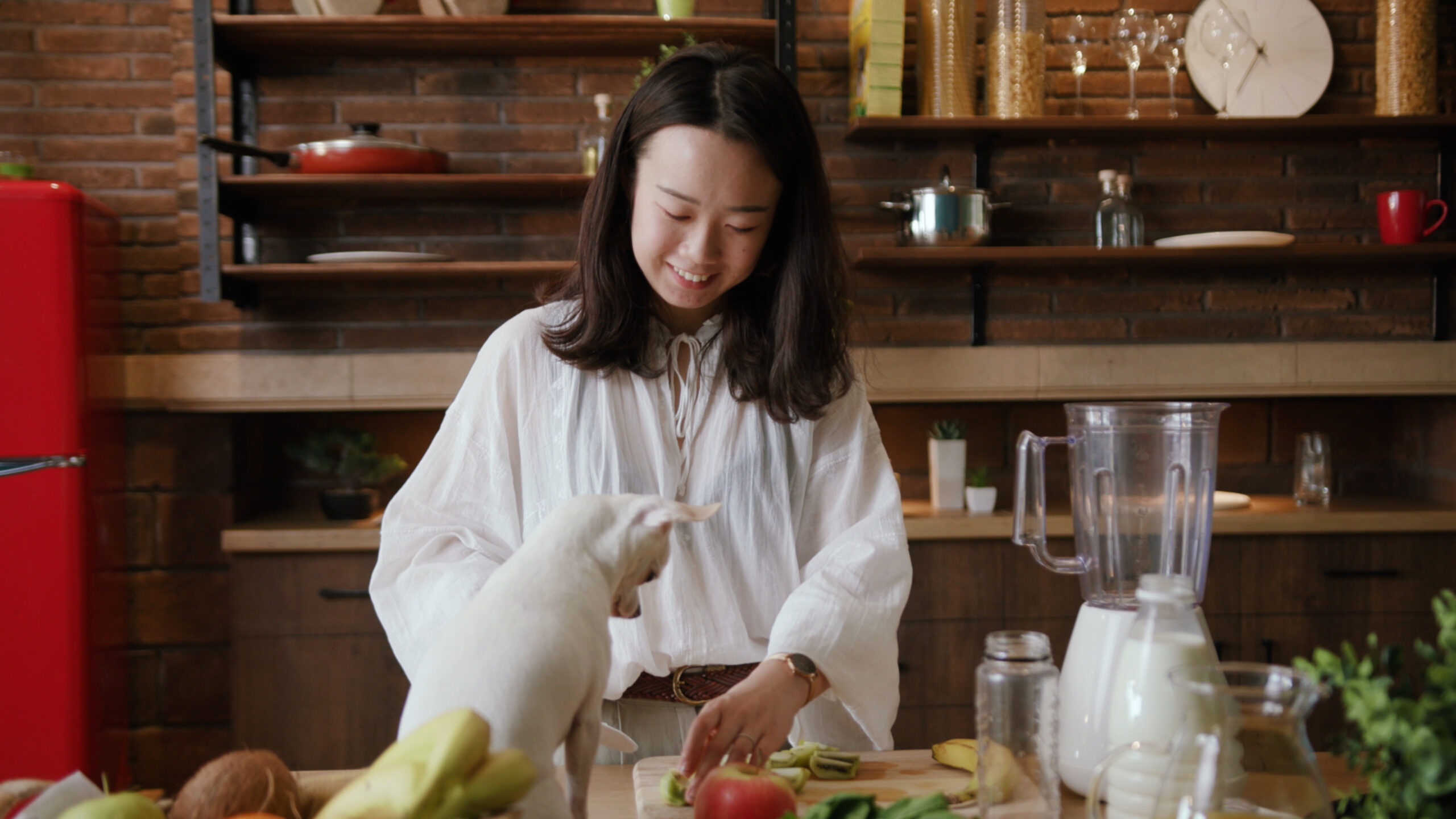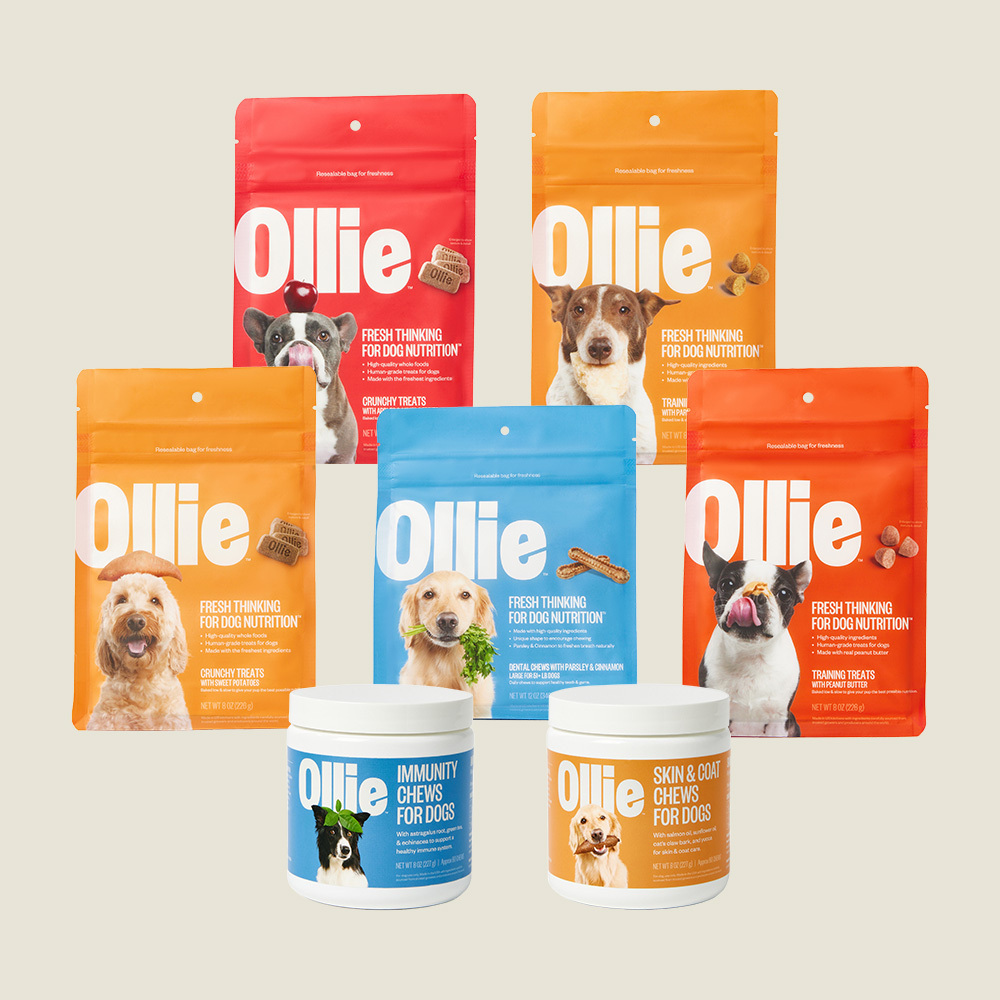Hey Ollie blog readers! We’re offering you an exclusive 60% OFF your starter box! Try now!
The fictional blonde little girl gets a bad rap when it comes to being fussy about how hot or cold her meals are. But if Goldilocks was cooking for dogs instead of the three bears, she may have actually been onto something: When it comes to pet food safety and nutrition, temperature plays a major role and it’s worth examining through the childhood tale’s lens:
Too hot!
Don’t let the room temperature feel of dry kibble fool you. The process by which it’s prepared most often includes cooking at extremely high heat. The food reaches temperatures above 320°F and any nutritional value is quickly scorched and depleted. Essential nutrients are often added back in by way of supplements that are less absorbable by dogs’ bodies and take a toll on their health in the long run.
Too cold!
Raw diets for dogs have been a recent rage, but the risks include unnecessary illnesses due to bacteria that can be potentially fatal. And did you know that a pet who contracts a Salmonella infection can easily pass it to humans through grooming, washing food bowls, or even simple petting? The potential health risks of such infections for the very young or the very old (dog or human) are particularly high.
Just right.
Gently cooking food at a low temperature is the ideal for nutritional value. You get all the benefits of killing dangerous bacteria and pathogens while retaining the integrity of the ingredients. Not only that, cooking food (particularly meat proteins) makes them easier for dogs to digest because cooking begins to break down the chemical bonds and allows the amino acids to be more readily absorbed in the digestive system. And as if you needed one more reason, cooked food results in less digestive gas in dogs. (You know, the kind that can clear a room.)
The Ollie blog is devoted to helping pet parents lead healthier lives with their pups. If you want to learn more about our fresh, human-grade food, check out MyOllie.com.
Tagged As:
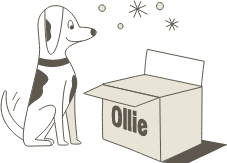
The nutrition your dog needs,
the food they want.

Enjoying our articles? Subscribe our Newsletters and get new articles directly to your inbox
You might also like
20 June 2024
6 MINS READ
When to Switch Your Puppy to Adult Dog Food
Your puppy’s life is filled with milestones, including the transition from puppy to adult dog food. We explore when to make the switch and provide helpful tips.
by Ollie Pets
11 October 2023
5 MINS READ
Risks of Home Cooking for Your Dog
Although home cooking for your pup sounds like an intuitive and heartwarming way to serve up optimal health through fresh whole ingredients, there are many things you need to know about homemade f…
26 September 2023
7 MINS READ
How to Choose The Perfect Treat for Your Dog
Treats have a place on your dog’s food pyramid, but they should be given with care and consideration.
